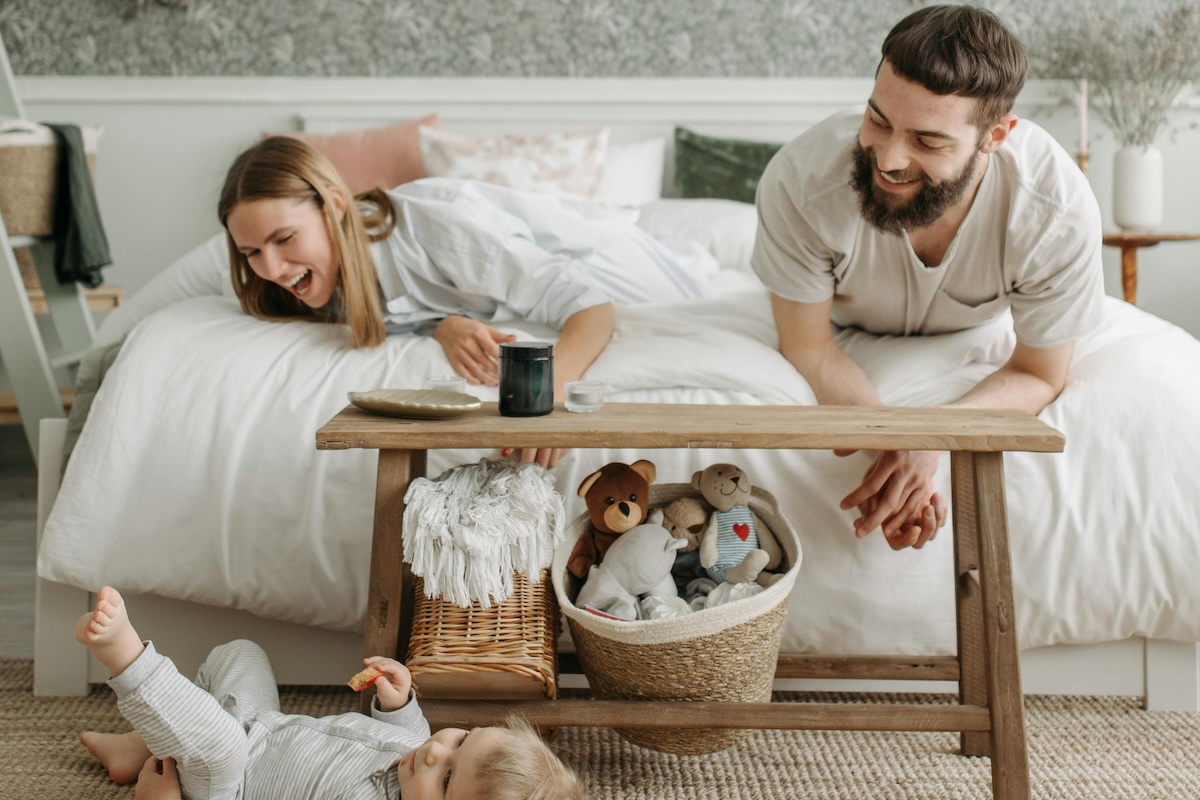Several people wrote in after Monday’s post on Book Recommendations for Every Age to express some thoughtful disappointment that there were not more authors and characters of color in the books highlighted. I hear this, and as I’ve written here before being thoughtful about this is something of a work in progress for me, as for many of us.
Rather than weighing in myself on a subject I have little expertise in, I wanted to share the very helpful thoughts I got from Emma Otheguy (find her books here!). This is only a start on these issues, so expect more on this going forward (in the area of books and more generally).
Here’s a list below of what I would highlight. I think the challenge for parents these days is that there are so many children’s books published and so many different places to find them that it can be overwhelming, and in the absence of a dedicated school or youth services librarian to navigate all that information, parents naturally just default to what they read as kids or the biggest titles. There’s not necessarily anything wrong with those books, but the approach means kids miss the chance to find diverse books in particular. So here’s a short list of the resources I find the least overwhelming:
- We Need Diverse Books “Where to Find Diverse Books”: This is probably the best place to start because it is a somewhat comprehensive list of reviewers organized by area of interest. I always encourage people who are just getting into the world of diverse kidlit to scroll through and pick a few of these reviewers to follow online. This page also lists some diverse subscription boxes for parents who find boxes easier.
- Lee and Low Books: This is a publisher specifically focused on multicultural books for children, with many, many, award-winning titles to their credit. What’s great about Lee & Low for parents who are supplementing their kids’ education from home right now is that their books are all organized by grade level and area of cultural interest, so it’s easy to identify books to meet the specific lacunas in a kid’s bookshelf.
- Bookshop.org: Where you buy your books from really does make a difference when it comes to diversifying voices in publishing. Independent booksellers take time to curate collections and spotlight new voices, whereas Amazon does not…and Bookshop.org is basically as convenient as Amazon while making things a lot easier for indie booksellers online.
- Not a resource, but I always encourage folks to do two things:
- Talk to your bookseller, librarian, and your kids’ teachers/administrators and ask for diverse books. There’s a lot out there. Not enough and not representing enough identities, but if your bookseller, librarian, and teacher know that you care about this topic, they can help recommend titles and feel empowered including those books in events and curriculum.
- Teach your kids to ask questions about their books. Who wrote this book? What informs the author’s perspective? What voices are not represented in this book? If I look at the books I’ve read this year as a whole, is there anything I’m not seeing in my reading?
I think the takeaway here is that this is an enormously exciting time in the field of children’s literature, and parents can do so much good both in enriching their kids’ lives and making the field more equitable by seeking out diverse titles.
Community Guidelines
















Log in